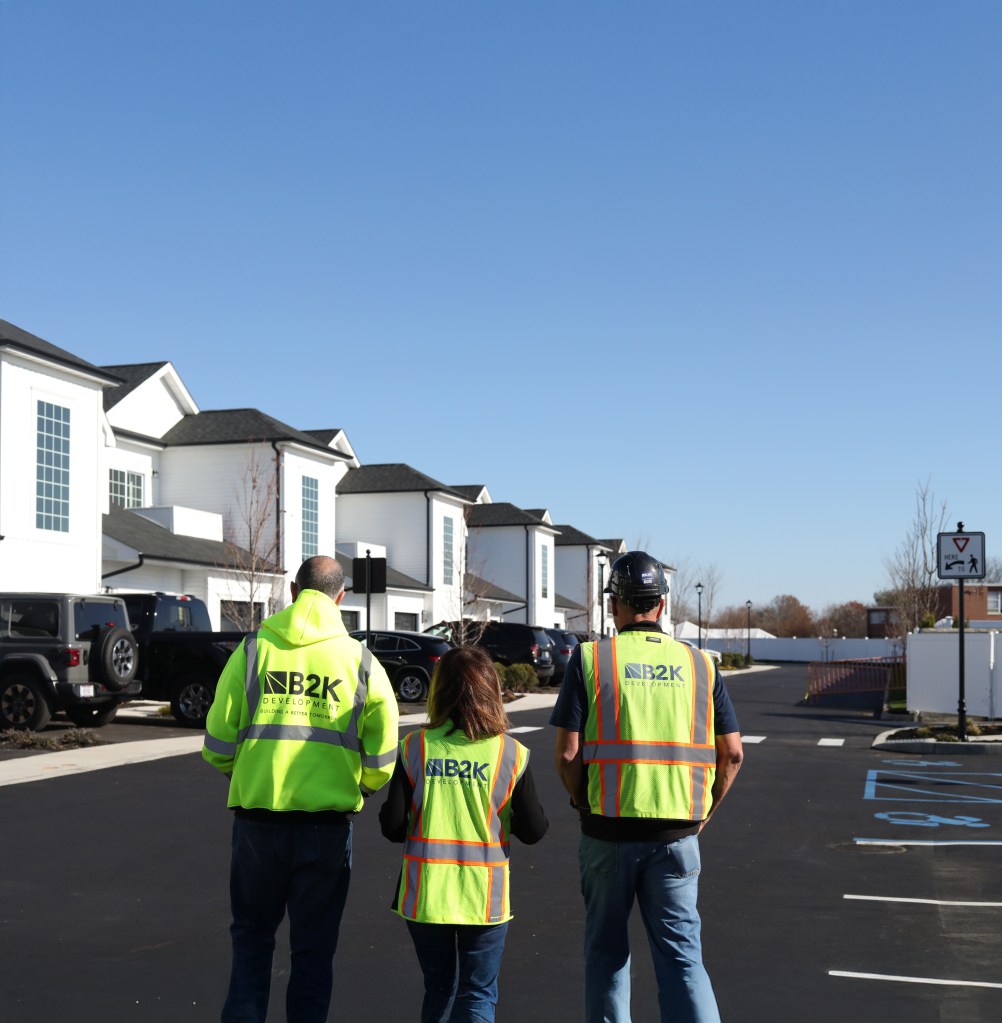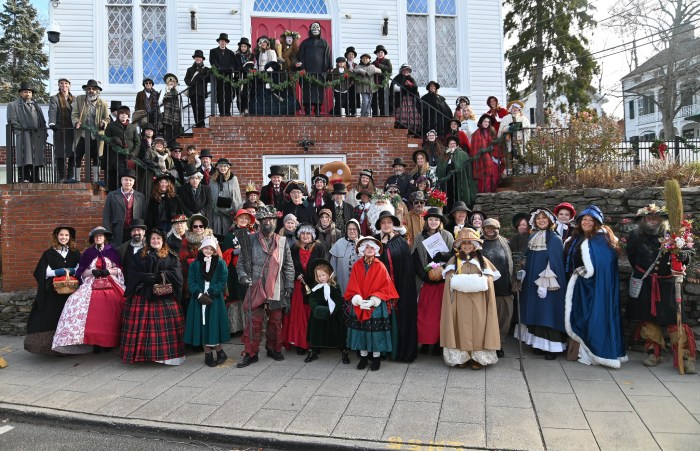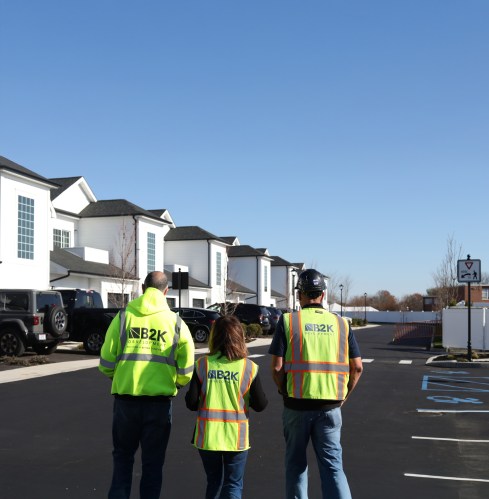By Rich Murdocco
When the shovels finally break through the virgin dirt, the press cameras click, the blue ribbon parts and the courteous applause swells. It is in this very moment that land, once wooded and vibrant, becomes “improved.”
But the moment that the fate of the land is actually sealed is when an elected official, in the deciding majority vote, approves a change-of-zone for the parcel. At this time, the policymaker has heard all sides of the debate concerning the vote ad-nauseam – from the “concerned” residents who, most of the time, are looking to protect their homestead, and from the “concerned” developers, who, most of the time, are “concerned” about their project’s progress, and are looking to make good on their sizable investments.
Before that vote is cast, the policymakers should have been informed by the municipality’s planning department about the ins and outs of the proposal, answering critical questions such as these: “Can the impacted neighborhoods absorb the after-effects of growth? What are the assessed needs of the community and does this project meet them? How does the public benefit from this zoning change?”
Armed with a thoughtful assessment of the project’s merits, the policymaker would cast a vote that has the potential to change the course of history not only for the community, but the region as a whole.
Sadly, this scenario is seldom the case. In a system mired down by insider deals and local “politics as usual,” local officials usually vote on zoning changes less on sound planning principles, and more on flavor-of-the-day dealings. To make matters worse, developers often get cozy with advocacy groups, who lobby the local municipality to build projects that fit not only their vision of what a region should look like, but to suit their own interests as well.
In Suffolk County, the specter of Heartland looms over the former Pilgrim State Psychiatric Center in the Town of Islip. The 495-acre site, in development limbo since the 1980s, is slowly moving towards “improvement” of its own. Thanks to an agreeable Islip Town Board and a Suffolk County Executive who, guided by his own development goals of tying the area together with Bus Rapid Transit and other various transit-oriented projects, the $4-billion Heartland project seems to have evolved in a few short years from being a nonstarter in the township to holding the future of not only Islip, but of Long Island as a whole.
We could go on, lest we forget the money. In the end, development is always about the money.
In particular, $40,000, which is the ample sum developer Jerry Wolkoff gave to the Suffolk Democratic Committee on the eve of Nov. 3, Election Day. Aside from the timing, what makes this donation curious is why it happened in the first place. Current incumbent Suffolk County Executive Steve Bellone was not only ahead in the polls by a substantial margin, he had a political fiscal war chest that some villages would envy.
Richard Schaffer, Suffolk Democratic chairman, told Newsday’s Rick Brand that his ties to Wolkolf go back to when he was a county legislator. “We’ve always had a good working relationship,” Schaffer said, “and I consider him a longtime friend and supporter.”
Is Wolkoff trying to leverage his ample resources to oust the current GOP-led town government? Islip Town Supervisor Angie Carpenter, Bellone’s foe in the 2011 County Executive race, seems to have mended fences and built bridges with her former political foe since she took office in Islip Town hall earlier this year. With the Town of Brookhaven she’s forged a widely celebrated “regional planning alliance” over the longtime-coming Ronkonkoma Hub Project.
This alliance, along with Bellone’s deliberate attempts to cross the partisan line and link up with the GOP in Islip and Brookhaven, speaks to why Wolkoff’s money may be better spent elsewhere. Simply put, Wolkoff may not see the return on investment he was hoping for.
Perhaps Wolkoff is looking beyond short-term politics to remind the current regime in Hauppauge that he is still here, and still waiting for his mega-project proposal with its 9,100 apartments, 1 million square feet of retail and 3 million square feet of office space, to be approved by lawmakers. If the approval comes from the GOP or Democrats, it doesn’t matter to him—he just wants that change of zoning.
In an ideal world, development approvals should come after a recommendation in a comprehensive, science-backed study and a measured assessment of an area’s needs. Instead, the process has been subverted by those who have the biggest checkbook. Heartland should be built – but only if its expansion is phased in to accommodate changing market dynamics, and scaled down substantively so it doesn’t overburden the area’s inadequate infrastructure.
One can bet that residents in the areas Heartland will impact definitely have more than 40,000 reasons why the project isn’t right for Long Island. Unfortunately, none of that matters, because they can’t fill a political coffer like $40,000 can.
Rich Murdocco writes about Long Island’s land use and real estate development issues. He received his Master’s in Public Policy at Stony Brook University, where he studied regional planning under Dr. Lee Koppelman, Long Island’s veteran master planner. Murdocco is a regular contributor to the Long Island Press. More of his views can be found on www.TheFoggiestIdea.org or follow him on Twitter @TheFoggiestIdea.






























